In every commercial and institutional building, fire and life safety systems are the backbone of protection for both people and property. Yet, these systems are often taken for granted until an emergency occurs. Regular inspections, testing, and maintenance are essential to ensure compliance, prevent costly failures, and maintain operational safety.
Staying Within Compliance
Fire system maintenance and life safety system compliance are governed by national codes such as NFPA 25 (for water-based fire systems) and NFPA 72 (for fire alarm systems). These standards set minimum requirements for inspection, testing, and maintenance schedules, but compliance extends beyond checking a box. Facilities must also ensure emergency lighting, exit signage, and life safety devices function properly under both normal and backup power conditions.
For example, life safety and emergency lighting inspections verify that all exit lights illuminate during power outages and that battery backup systems meet runtime requirements. Fire alarms and sprinkler systems must also undergo regular checks to ensure detection, activation, and water flow operate as intended. Failure to comply with these standards can result in citations from local Authorities Having Jurisdiction (AHJs), but more importantly, it can put lives and property at risk.
Risks of Neglecting Inspections
Neglecting inspections can have severe consequences beyond fines or noncompliance notices. A system that fails to activate during a fire could result in catastrophic damage, injuries, or loss of life. According to fire safety experts, ignoring warning signs, like an air compressor that cycles too frequently or pressure fluctuations in sprinkler lines, often leads to system failure.
Even seemingly small issues, such as neglected check valves or expired batteries in exit signs, can trigger larger failures. These maintenance oversights can reduce system reliability and cause nuisance alarms, unexpected downtime, or equipment corrosion. The operational and financial impacts can be immense, especially when businesses face production delays, liability claims, or insurance denials due to proven negligence.
Tips for Maintenance and Prevention
A strong maintenance strategy goes hand in hand with regular inspections. Facility managers can implement the following best practices to stay compliant and reduce risk:
- Create a routine inspection schedule: Follow manufacturer recommendations and NFPA testing intervals for fire alarms, sprinklers, and emergency lighting.
- Train frontline staff: Custodial and maintenance teams can be trained to identify potential red flags, like closed valves or dim exit signs, during daily rounds.
- Document all maintenance activities: Keep thorough records of inspection reports, testing logs, and service calls to demonstrate compliance during audits.
- Leverage technology: Use digital work order systems and automated alerts to track maintenance deadlines, battery tests, and inspection intervals.
- Partner with certified professionals: Third-party fire and life safety contractors can provide specialized testing, such as internal pipe inspections or emergency lighting load testing, ensuring every component meets code.
The Role of Technology and Continuous Oversight
Advancements in fire and emergency safety testing tools are helping facilities manage compliance more efficiently. Remote monitoring, automated inspection logs, and digital dashboards streamline scheduling and data collection. However, experts agree that technology cannot replace human oversight. Visual inspections and professional assessments remain vital to identifying corrosion, leaks, or wiring issues that automated systems may overlook.
A Continuous Commitment to Safety
Maintaining fire and life safety systems is a year-round responsibility. Compliance requires a proactive mindset, consistent training, and a willingness to invest in proper testing and upkeep. The result is more than just meeting regulatory requirements: it’s preserving safety, avoiding costly downtime, and protecting both occupants and operations.
Facilities that make inspection and maintenance a continuous priority will find themselves not only within compliance but also better prepared for emergencies, ensuring true resilience in their fire and life safety infrastructure.
Click here to read the full article, originally published October 9, 2025, by Facilities.net.



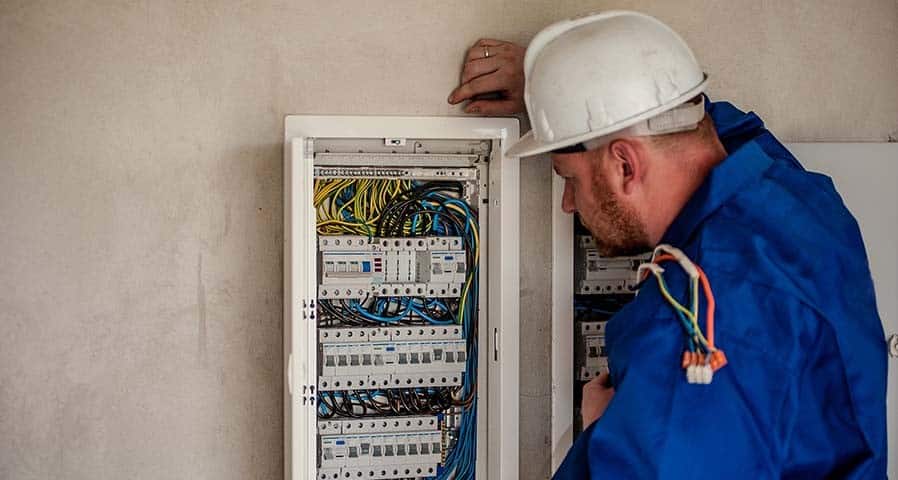
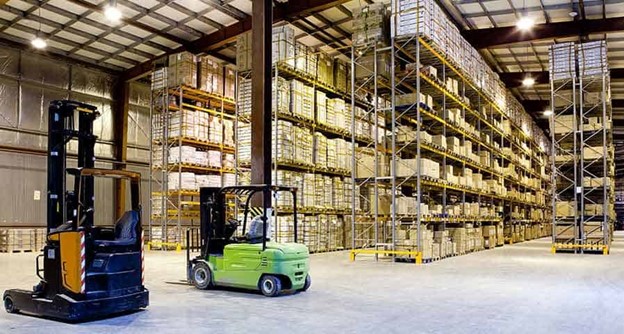
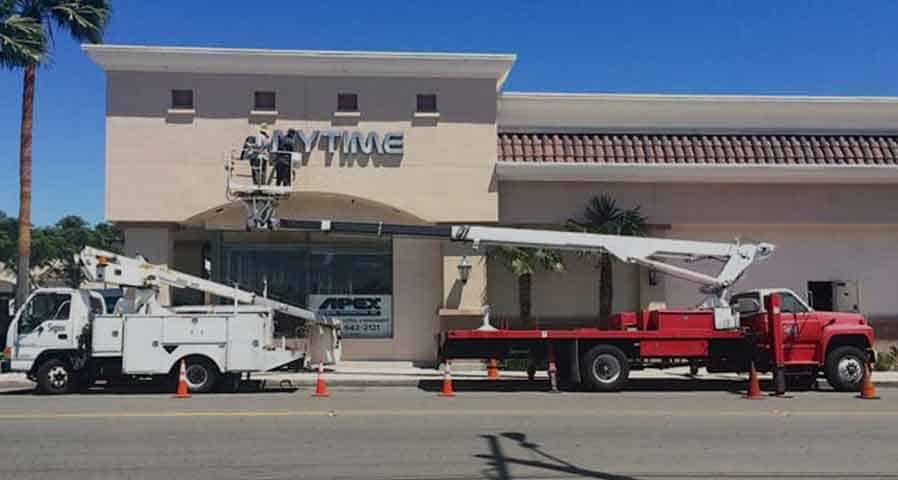










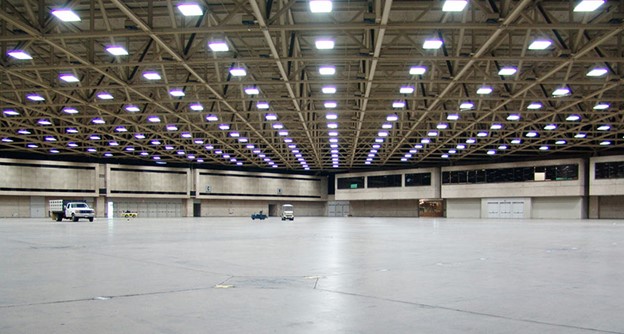


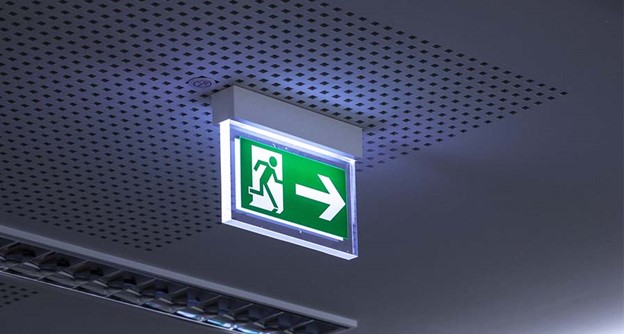

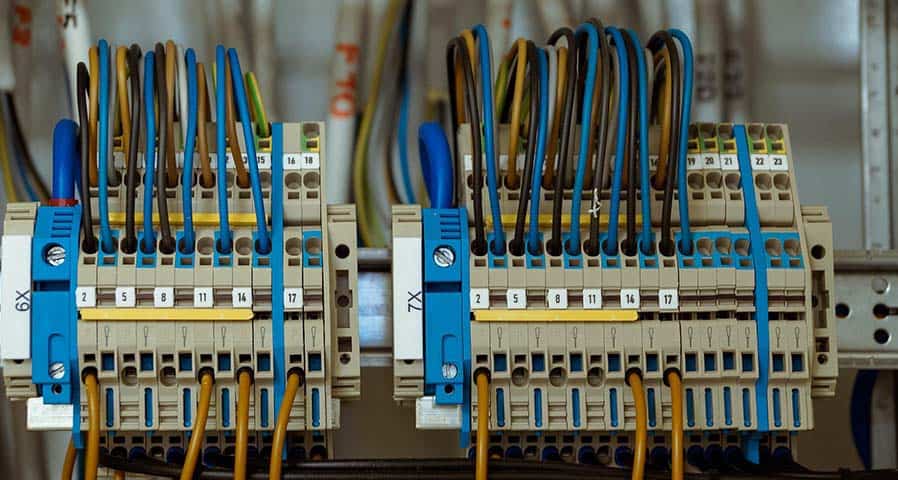



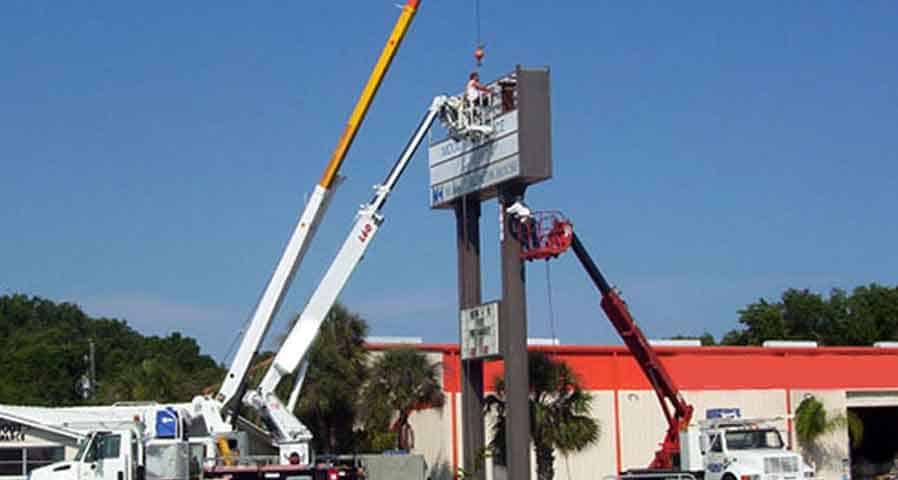



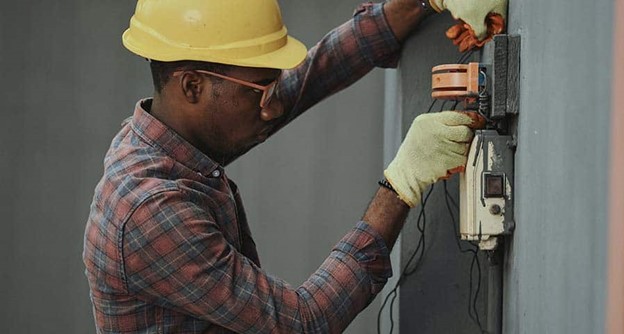

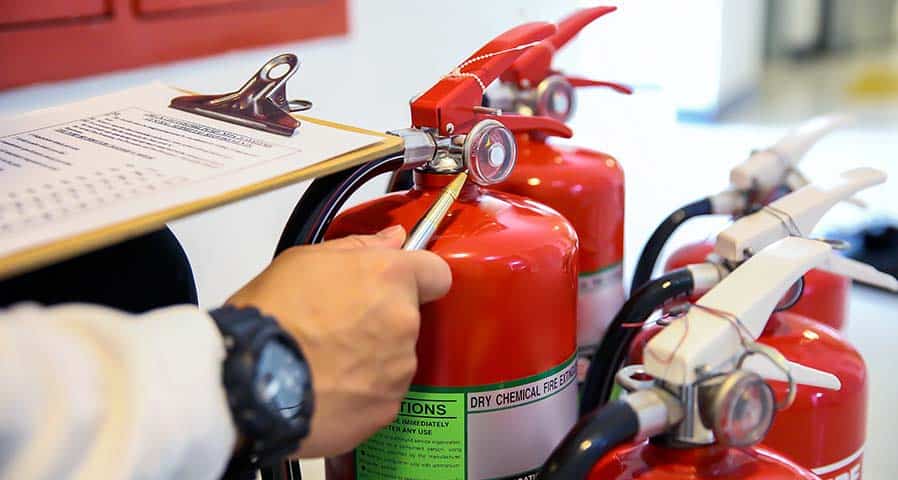



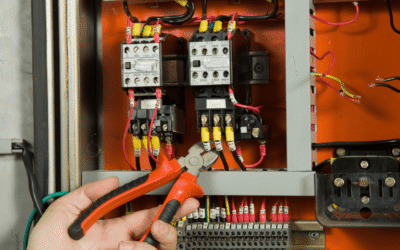



0 Comments